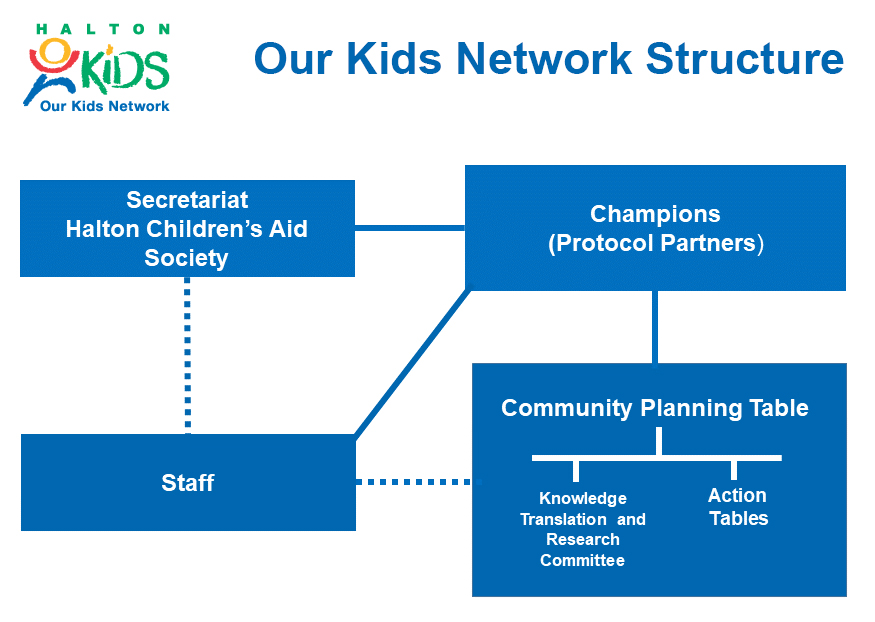The information you share will help us evaluate our work and plan for future data releases and priorities.
Resource Hub
Information, research reports, and resources to support professionals who work with children, youth, and families.
Upcoming Events
Browse our list of upcoming webinars, training sessions and other events.
Data Portal 2.0
Data Portal 2.0 helps professionals analyze and utilize meaningful information about children and youth.
Upcoming Events
Blog Posts
Latest News
Upcoming Events
Blog Posts

Latest News


Our Kids Network is situated on the traditional territory of the Anishinaabe, Haudenosaunee, and the Huron-Wendat; now home to many First Nations, Inuit, and Métis peoples. We acknowledge the current treaty holders, the Mississaugas of the Credit First Nation. We also recognize the lasting presence and deep traditional knowledge and viewpoints of the Indigenous people with whom we share this land.


